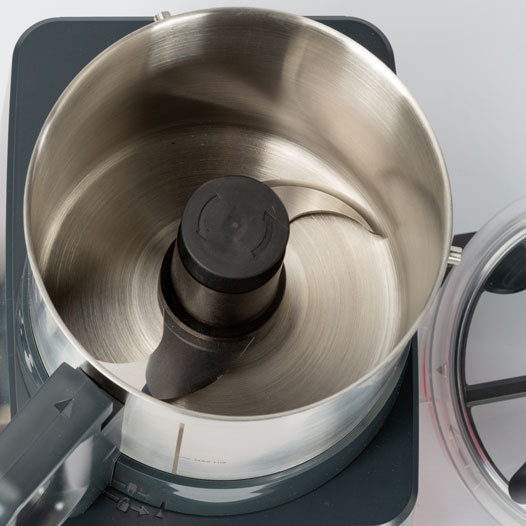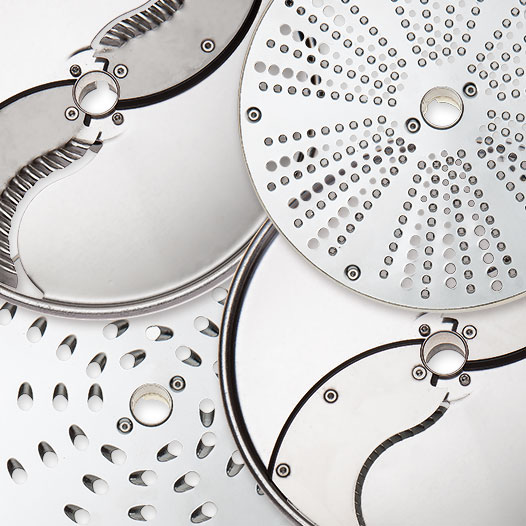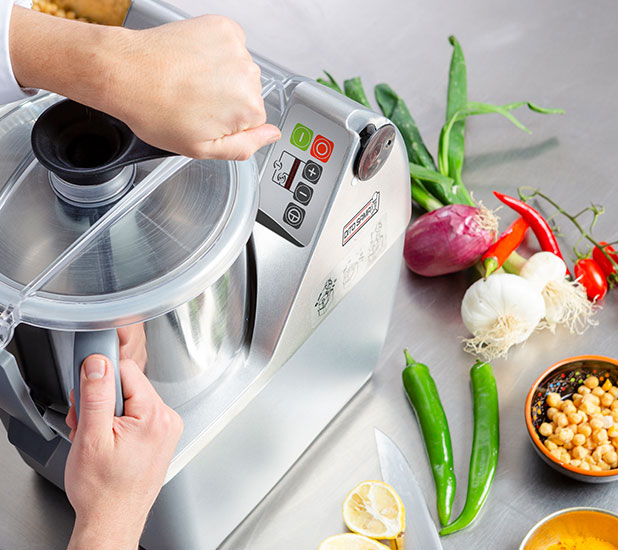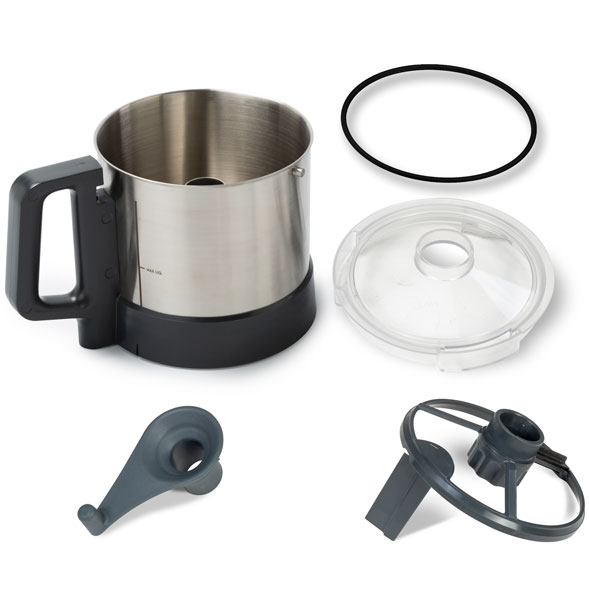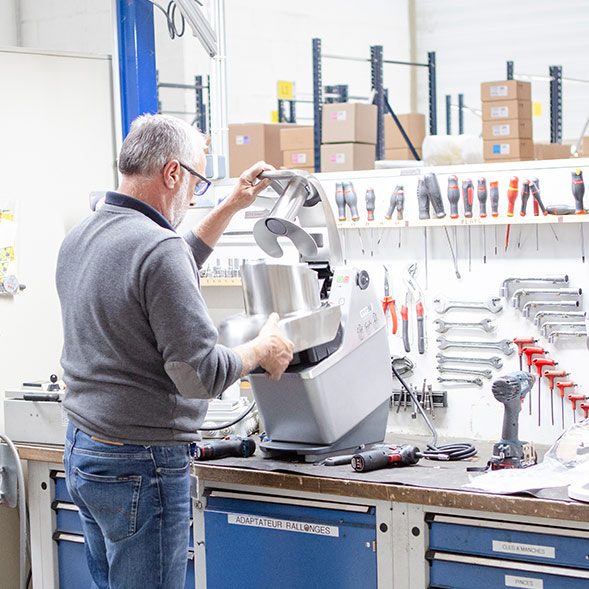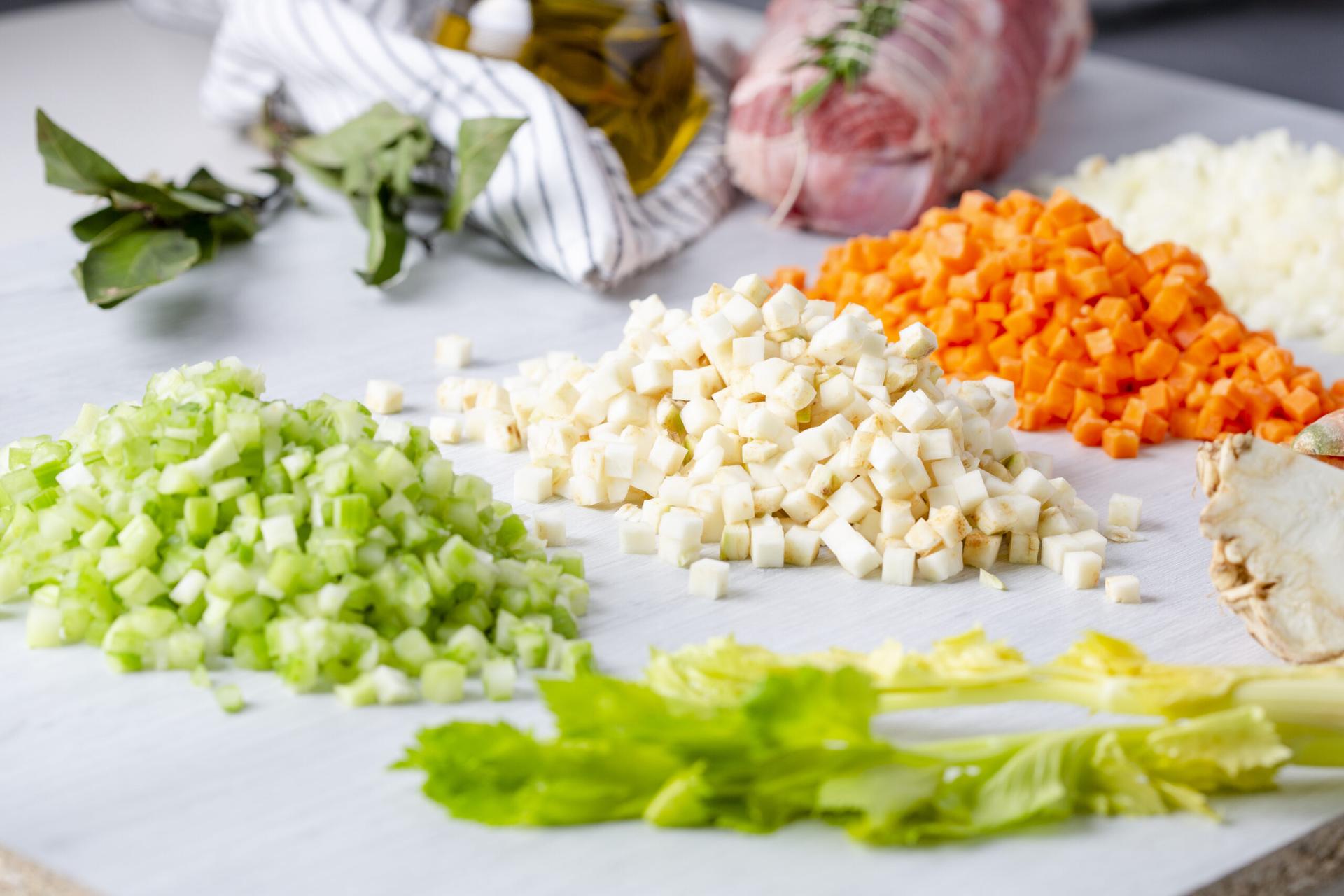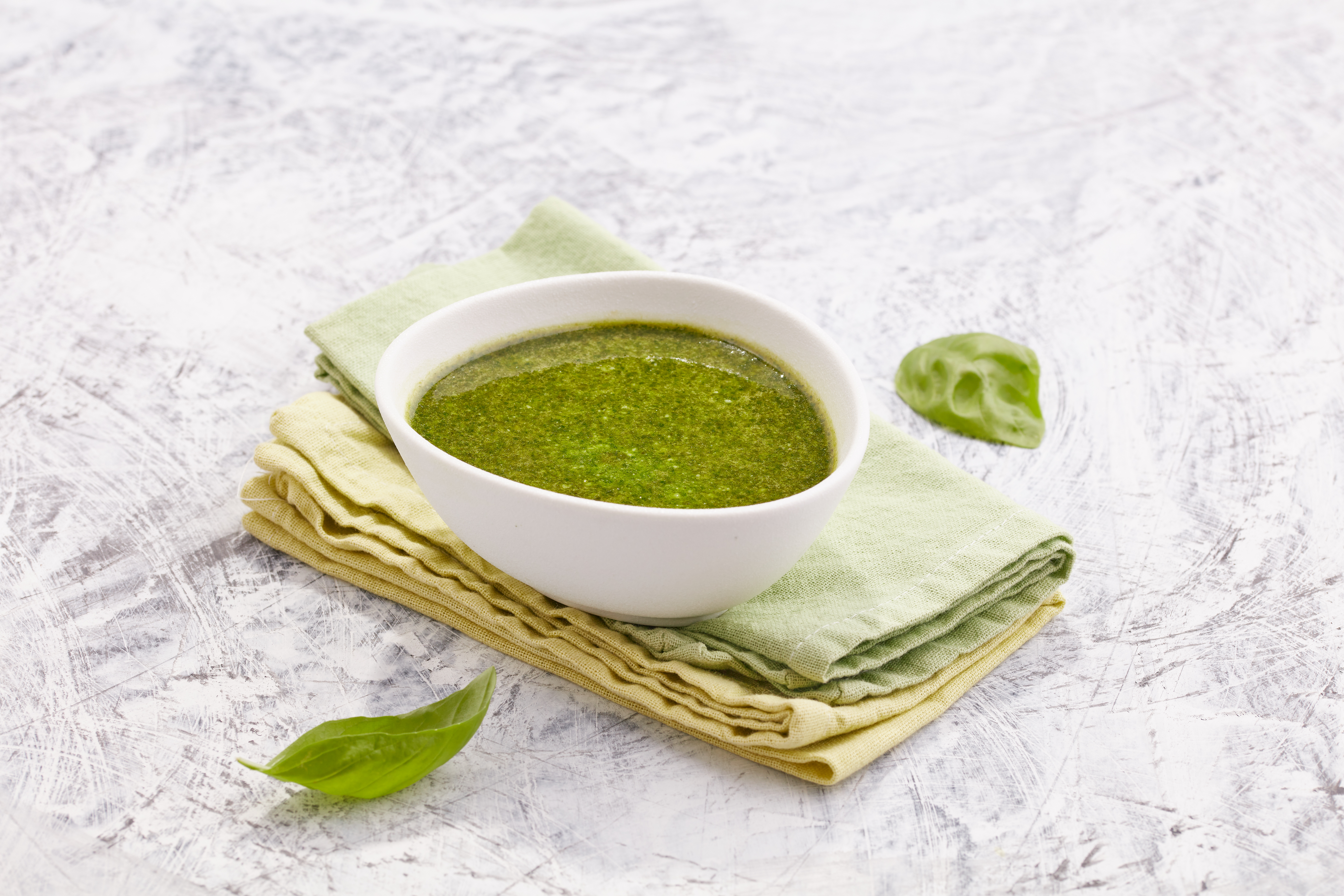

Professional Food Processors: What to Look for and How to Choose
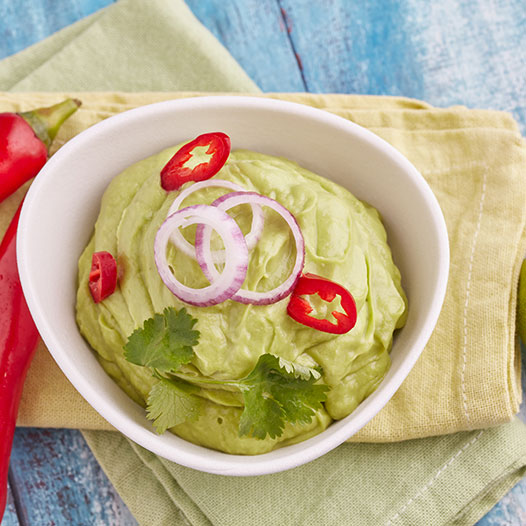
In today’s fast-paced commercial kitchens, efficiency and precision are essential. One of the most versatile and valuable tools in this environment is the professional food processor. Whether you’re preparing ingredients for sauces, soups, pastries, or garnishes, a high-performing food processor can significantly streamline workflow and reduce manual labor.
But with so many models available, choosing a food processor that fits your kitchen’s needs can be a challenge. In this guide, we’ll explore the features to look for, how to compare different options, and how to use your machine to its fullest potential.
Features That Define a High-Quality Food Processor
When it comes to selecting the best professional food processor, several features can make all the difference in performance, durability, and overall value.
Understanding these features is key when deciding how to choose a good food processor for your business.
Comparing the Best Professional Food Processors on the Market
Not all professional food processors are created equal. When evaluating options, consider the specific needs of your kitchen and staff. For example:
01.
High-volume operations
benefit from powerful machines with large-capacity bowls and continuous feed systems.
02.
Restaurants with diverse menus
should prioritize processors that come with multiple discs and attachments.
03.
Smaller kitchens
may prefer compact units with a more focused feature set but still offer professional performance.




01.
High-volume operations
benefit from powerful machines with large-capacity bowls and continuous feed systems.

02.
Restaurants with diverse menus
should prioritize processors that come with multiple discs and attachments.

03.
Smaller kitchens
may prefer compact units with a more focused feature set but still offer professional performance.
When comparing brands, look at factors such as warranty, customer support, and availability of original replacement parts. Choosing a reputable brand known for quality and innovation – like Dito Sama – can give you peace of mind and a better return on investment.
Before making a purchase, ask yourself:
- What tasks will the processor be used for most frequently?
- How many hours per day will it be in use?
- Is it compatible with the workflow and layout of your kitchen?
Answering these questions can help narrow down your options and ensure you invest in the best professional food processor for your operation.
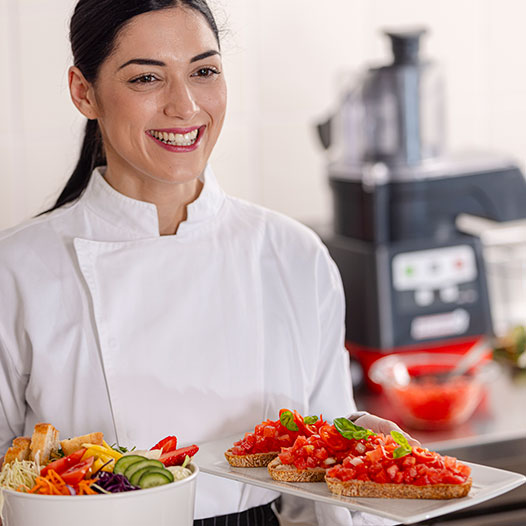
How to Use a Food Processor to Maximize Kitchen Efficiency
Once you've chosen the right processor, the way you integrate it into your kitchen operations can have a big impact on productivity and food consistency. Start by ensuring that your team is thoroughly trained – not just on the basic functions, but also on how to handle the unit safely, switch blades, adjust settings, and carry out proper cleaning. The more familiar your staff is with the equipment, the more confidently and efficiently they’ll use it.
A professional food processor can streamline prep work across various stations, from sauces to pastry to vegetable prep. When ingredients are portioned appropriately for the bowl size, the machine performs at its best – avoiding overloading, which can affect both performance and output quality. It’s also helpful to develop standardized recipes and preparation techniques that fully utilize the machine’s settings and capabilities. This consistency leads to faster service, better portion control, and uniform results.
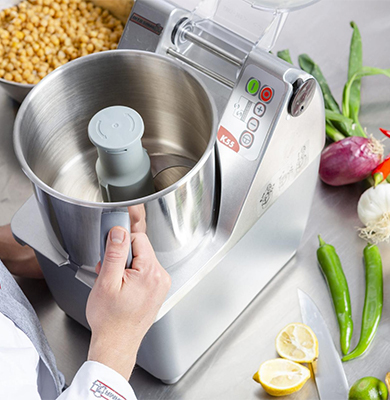
Rather than treating it as a standalone tool, integrate the processor into your overall workflow. Position it strategically in the kitchen so it complements existing prep routines and allows for multitasking without disruption. When used thoughtfully, a food processor can become one of the most essential and time-saving tools in your kitchen.
Dito Sama’s range of professional food processors are designed with this kind of real-world efficiency in mind – built to handle heavy workloads, easy to use, and engineered to deliver consistently excellent results day after day.
Many chefs appreciate the tactile feel of a well-built machine – the subtle resistance of a sharp blade slicing through firm vegetables or the low hum of a motor that powers through dense mixtures without hesitation. These seemingly small experiences become part of the daily rhythm in a kitchen and reflect the craftsmanship behind the equipment.
LAST NEWS


